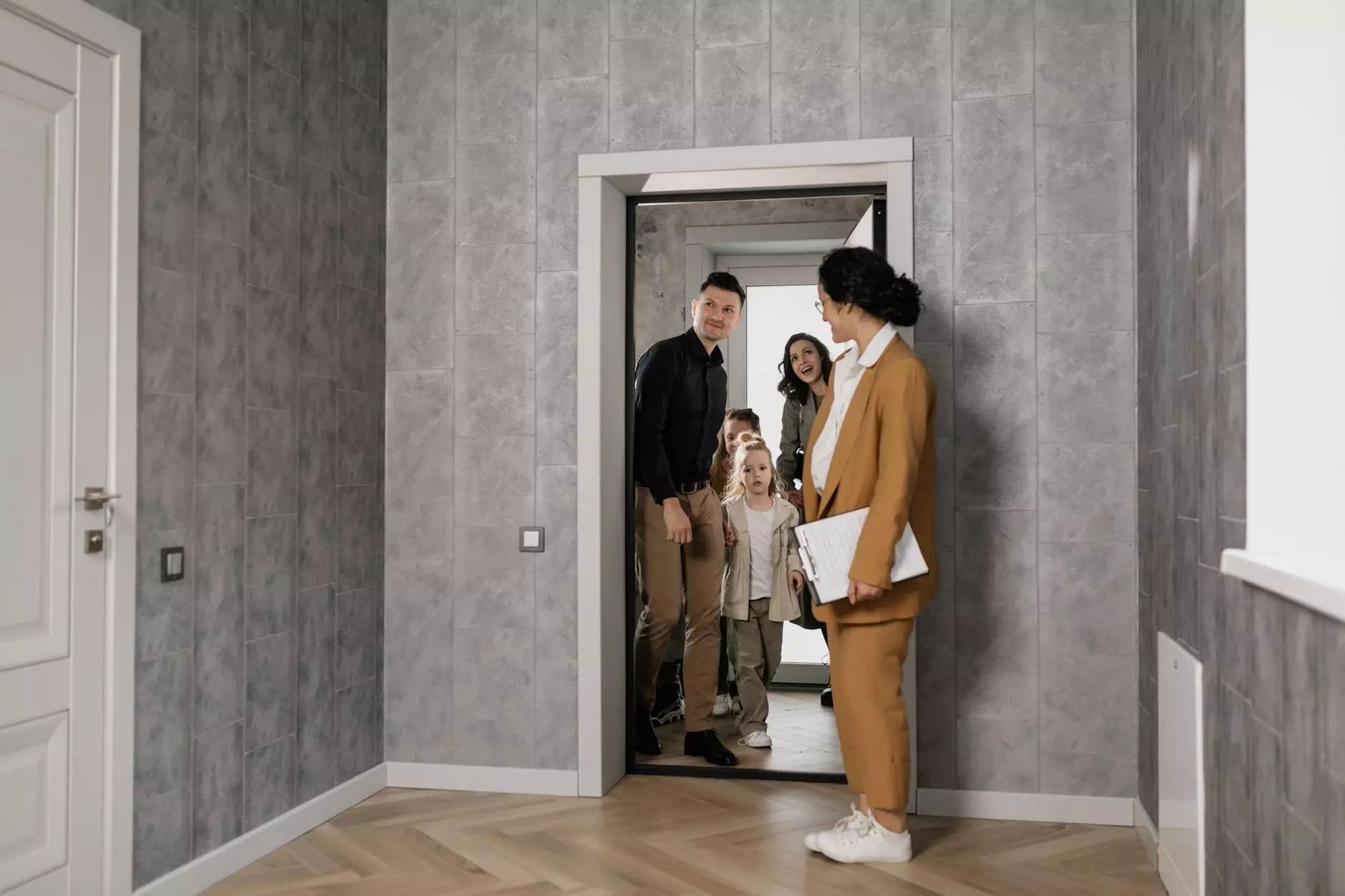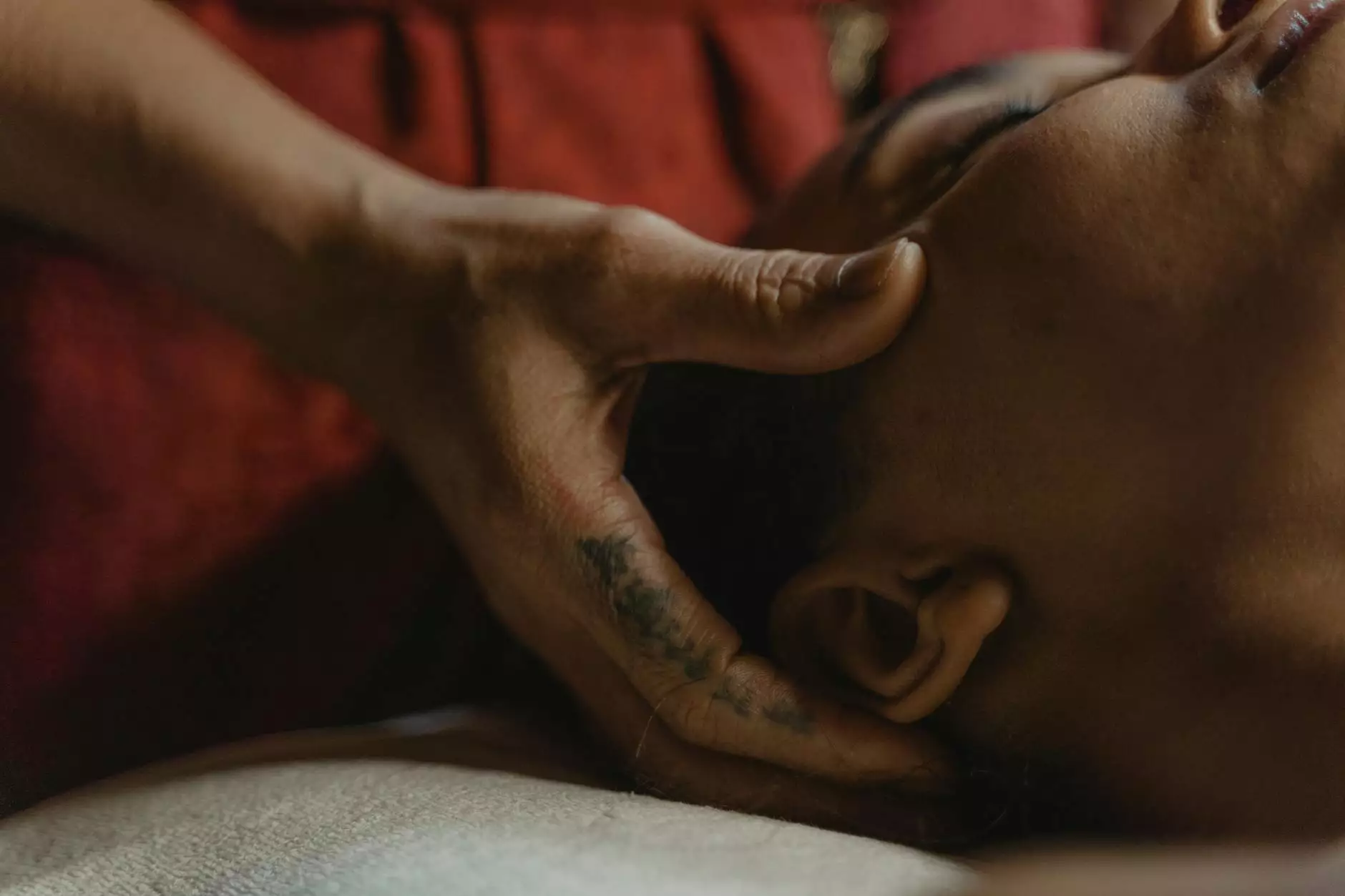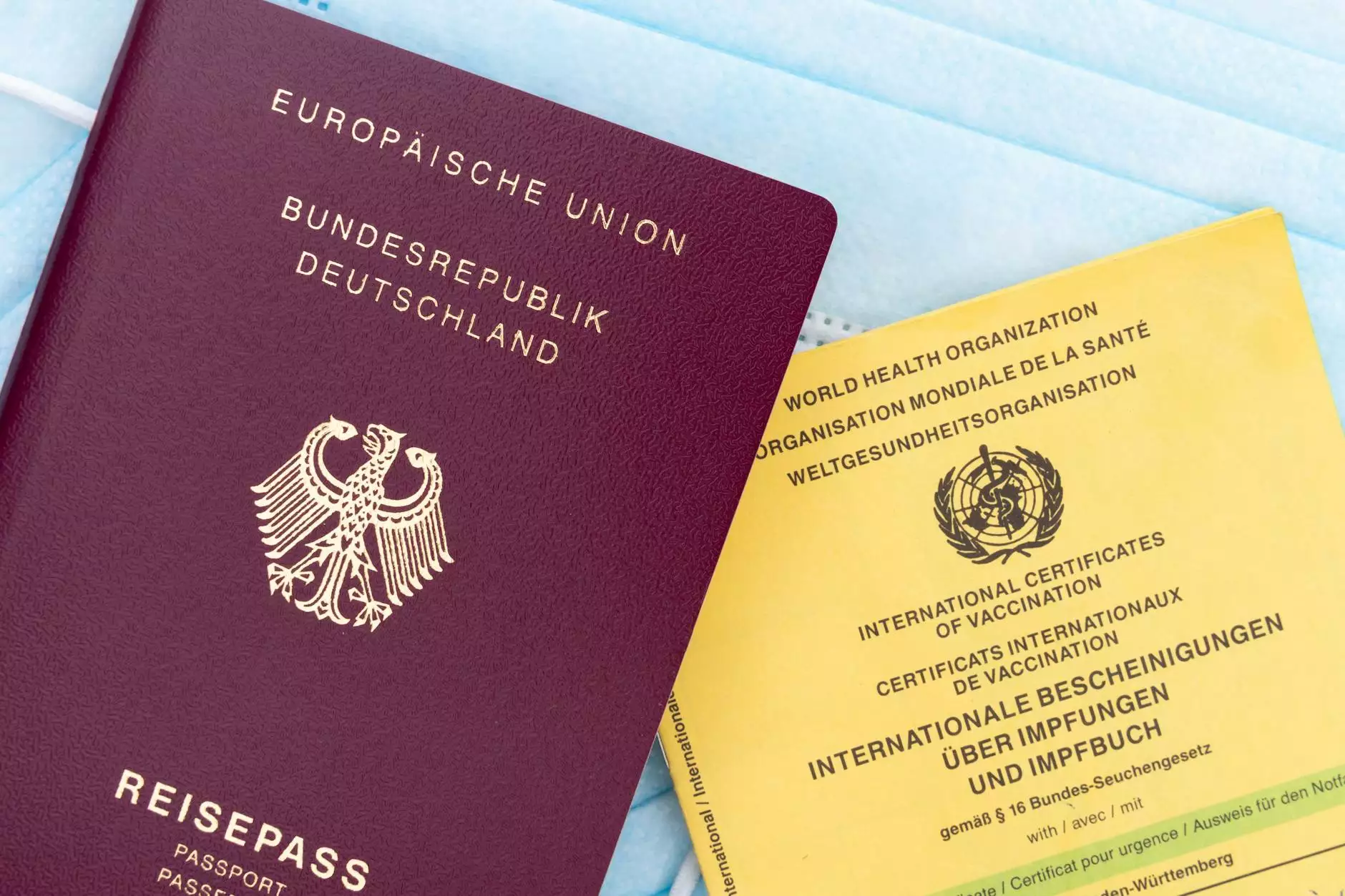What Makes VR an Effective Tool for Medical Education

In the rapidly evolving field of healthcare, Virtual Reality (VR) stands out as a groundbreaking innovation that is reshaping the landscape of medical education. The effective integration of technology into traditional learning environments has opened new avenues for aspiring healthcare professionals. This article explores what makes VR an effective tool for medical education, delving into its various benefits, applications, and future potential.
The Evolution of Medical Education
Traditionally, medical education has relied on textbook knowledge, lectures, and hands-on training in clinical settings. While these methods have been fundamental in shaping competent healthcare professionals, they often lack the immersive experience that VR offers. Virtual Reality enables learners to visualize and interact with complex medical concepts in an unprecedented manner.
- Enhanced engagement: VR captivates learners, encouraging active participation rather than passive reception of information.
- Safe learning environment: Students can practice procedures and make mistakes without risking patient safety.
- Realistic simulations: VR provides life-like scenarios that enhance critical thinking and decision-making skills.
Immersive Learning Experiences
One of the main features that set VR apart from other educational tools is its immersive learning experience. When learners wear VR headsets, they are transported into a 3D environment where they can interact with simulated patients, surgical instruments, and anatomical structures. This tactical engagement transforms abstract concepts into tangible experiences.
1. Anatomy Learning and Visualization
Understanding human anatomy is crucial in medical education. VR applications allow students to explore intricate anatomical structures in a virtual space. By manipulating 3D models, learners can:
- View organs from various angles
- Understand spatial relationships between different body parts
- Practice dissection techniques without the need for cadavers
This visualization tool fosters a deeper understanding of anatomy than traditional methods, leading to improved retention of knowledge.
2. Clinical Skills Development
Clinical skills, such as suturing and intubation, require extensive practice to achieve proficiency. VR provides a safe platform for students to hone their skills without the ethical and practical constraints of real-life practice. Students can:
- Engage in realistic simulations of medical procedures
- Receive instant feedback on their performance
- Repeat scenarios as necessary to build confidence and competence
Through VR training, students can refine their techniques in a risk-free environment, ultimately translating these skills into real-world patient care.
Improving Patient Interaction Skills
Effective communication with patients is essential in healthcare settings. VR can simulate patient interactions, allowing learners to practice their communication and empathy skills in a controlled setting. These simulations can address various scenarios, such as delivering bad news or managing challenging patient behaviors, and can include:
- Role-playing with virtual patients
- Handling patient concerns in a therapeutic context
- Practicing bedside manners and professionalism
This experiential learning enhances emotional intelligence and equips future healthcare professionals with crucial interpersonal skills.
Accessibility and Cost Efficiency
Implementing VR in medical education not only enriches the learning experience but also addresses critical challenges in accessibility and cost. Traditional training often involves expensive equipment, materials, and travel for clinical rotations. With VR, educational institutions can:
- Reduce costs associated with physical materials and facilities
- Provide remote access to high-quality training resources for students in underserved regions
- Streamline the educational process, allowing for greater flexibility in training schedules
This accessibility ensures a broader range of students can benefit from cutting-edge medical education tools, leveling the playing field for aspiring healthcare professionals.
Enhancing Retention and Performance
Numerous studies indicate that immersive learning experiences significantly enhance information retention and performance in assessments. The unique advantage of VR lies in its ability to engage multiple senses, leading to:
- Improved memory recall due to experiential learning
- Increased motivation through gamified learning elements
- Higher student satisfaction and engagement rates
Such benefits are crucial in a field where knowledge is constantly evolving, and healthcare professionals must remain up-to-date with the latest practices and technologies.
Real-World Applications of VR in Medical Education
1. Surgical Training Simulators
One of the most notable applications of VR is in surgical training. VR surgical simulators allow learners to practice complex procedures in a realistic environment. By using VR simulators, students can:
- Perform intricate surgeries repeatedly
- Develop muscle memory and fine motor skills
- Learn from mistakes without causing harm to real patients
This level of practice is invaluable in preparing students for actual surgical environments.
2. Emergency Response Training
Medical emergencies often require rapid decision-making and precise actions. VR training modules can simulate emergency situations where students must react quickly and effectively. Key benefits include:
- Experiencing high-pressure scenarios without real-life consequences
- Collaborating with peers in team-based responses
- Developing crisis management skills in a controlled setting
This approach enhances preparedness for real-world emergencies, ultimately improving patient outcomes.
Future of VR in Medical Education
The potential for Virtual Reality in medical education is far from exhausted; the future looks promising as innovations continue to emerge. Some anticipated developments include:
- Integration with AI: AI-powered VR applications may provide personalized learning experiences tailored to individual student needs.
- Expanded Collaboration: Virtual environments may foster collaboration among institutions, allowing students to learn from global experts through shared simulations.
- Enhanced Data Collection: Tracking students' progress and performance in VR environments can provide invaluable insights into educational effectiveness and areas for improvement.
Conclusion
In conclusion, what makes VR an effective tool for medical education lies in its ability to offer immersive, engaging, and practical learning experiences. As technology continues to advance, integrating VR into medical training will become increasingly vital in shaping the healthcare professionals of tomorrow. It fosters not only the acquisition of knowledge but also the development of critical skills, preparing students to deliver exceptional patient care in a complex and dynamic environment.
For those interested in exploring VR’s potential in medical education, resources such as rotstudio.com offer insights into innovative educational tools and virtual reality centers dedicated to enhancing learning experiences in healthcare.









